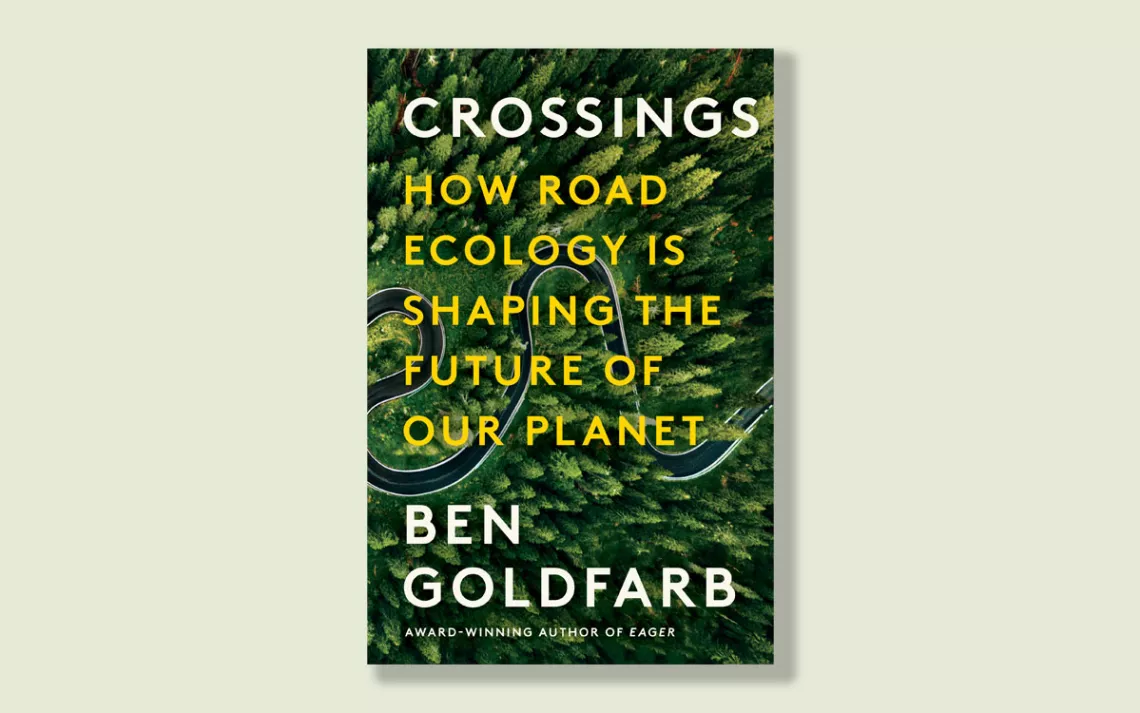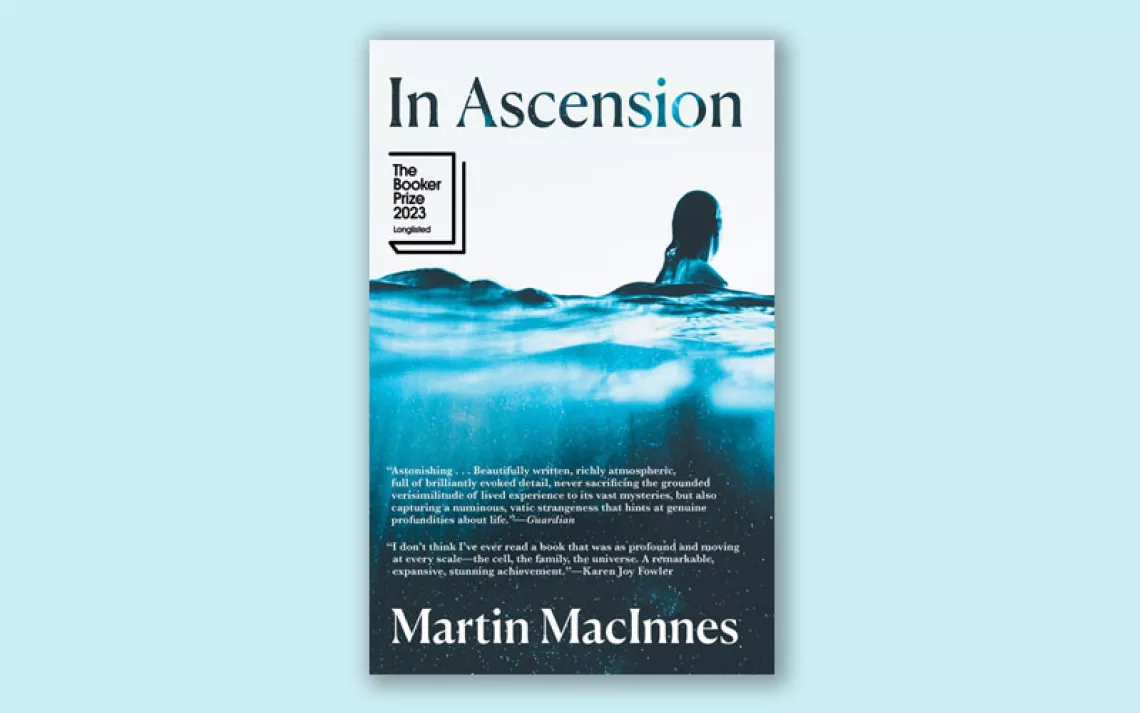What Are Wildlife Crossings, and Do They Work?
In "Crossings," Ben Goldfarb charts a course through the world of road ecology

Every year, drivers on America's roads are accessories to the deaths of over 350 million animals. Our asphalt arteries emanate noises and lights that scramble the senses of millions more, while severing migration routes and cleaving habitats in two. These effects are the subject of a growing field called road ecology.
In his latest book, Crossings: How Road Ecology Is Shaping the Future of Our Planet (W.W. Norton, 2023), journalist Ben Goldfarb reveals how our thoroughfares are much more than just pathways for human connectivity. Each chapter introduces readers to a problematic road and the researchers trying to understand its impacts. In one example, Goldfarb meets with a team of scientists from the Wyoming Migration Initiative as they capture and study mule deer in an effort to protect migration routes along Interstate 80, a barrier so great one scientist referred to it as a "moving fence."
The book brings to light a long list of ills plaguing wildlife. "Name an environmental problem, and it's exacerbated by the access that roads provide and the incentives they create," Goldfarb writes. "Roads are ... the foot with which civilization holds ajar nature's door."
Accelerating automobiles squish amphibians across the Northeast. Blocked culverts under roadways keep salmon from reaching spawning streams in the Pacific Northwest. Highways bisect mountain lion habitat in California. The stats are grim, but solutions abound. In Wyoming, precise tracking mechanisms tell scientists where wildlife crossings, such as bridges and underpasses, are needed most. Ropes help monkeys scurry through treetops that lattice over roads in Brazil. And traffic ordinances keep cars at bay when Dall sheep traverse valleys in Alaska. These stories of redress are where Crossings shines, leaving this reader with a sense of hope for a future in which human ingenuity builds literal bridges between species.
 The Magazine of The Sierra Club
The Magazine of The Sierra Club



